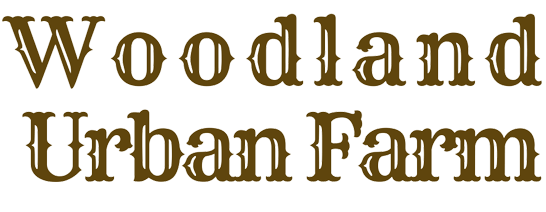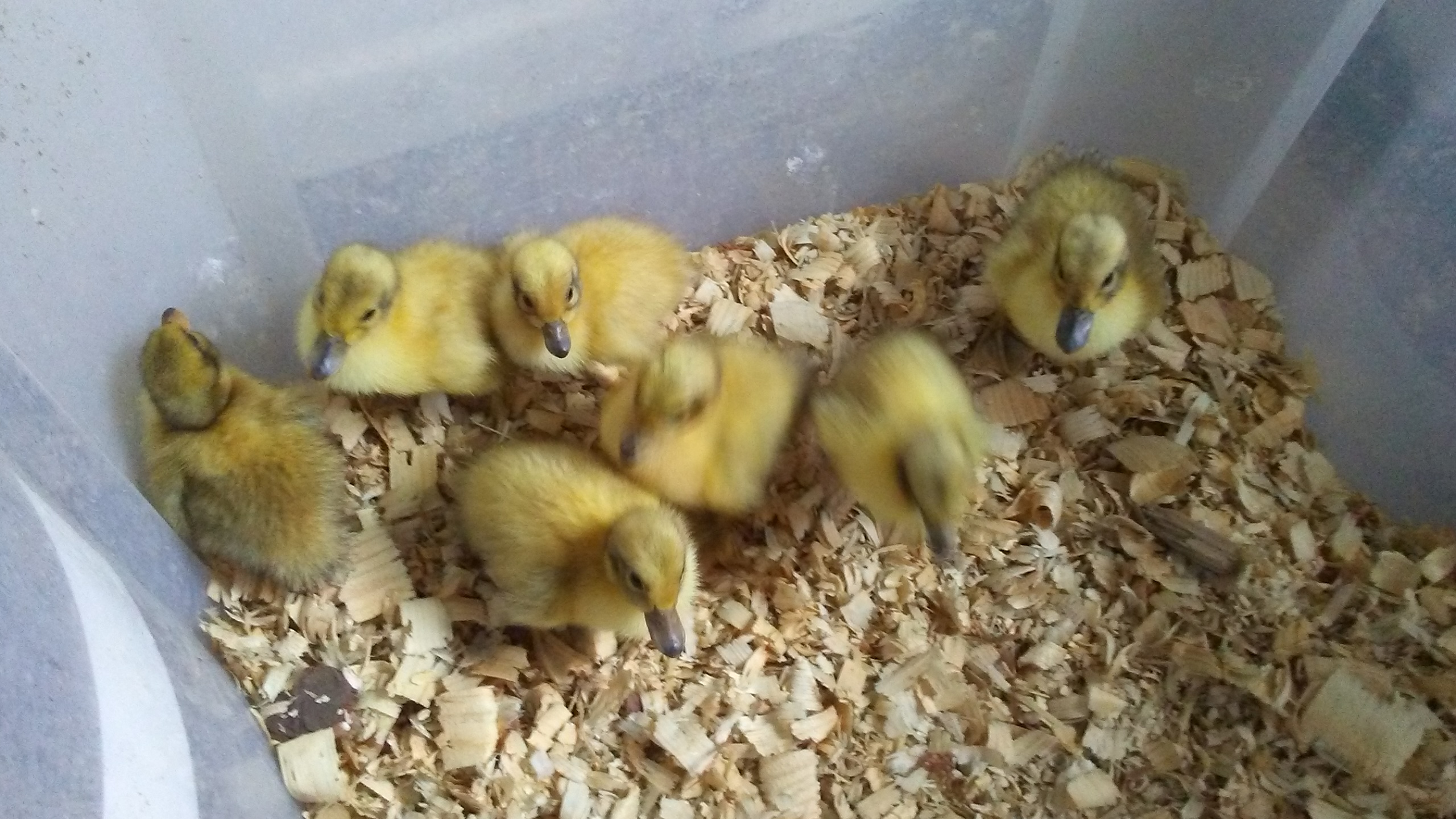Winter can be a dangerous time for farmers. It affords us more time than usual for thinking up harebrained schemes.
It doesn’t take much at all to set off such scheming. Earlier today, I found myself reading a blog entry about European reports on the decline of the middle class in America. It said our middle class existed because it has been riding a wave of debt for the past 30 years, and that now that the economy is collapsing and more people are finding maintaining their debt to be unmanageable, the dream that was the lifestyle of the middle class is slipping away as the debtors awake to find they’ve been poor all along.
I bring this up not to opine one way or another on the argument presented. Rather, I wanted to show how something so off-topic can turn my mind to farming. Thinking about people living “the good life” suddenly finding themselves in unexpected hard times got me thinking about the resiliency of our farm. Long before I ever started selling our goods at farmers markets, I had been gardening and raising chickens and rabbits with the intent of making our family more independent and food secure. Just like keeping a generator or candles for blackouts, or a spare tire in your car, or tucking some money away for emergencies, I saw an advantage beyond immediate recreation in growing food in our yard. Indeed, when I found myself in need of a job, this homesteading hobby gave me the foundation to start a farm business.
In keeping with the original idea of preparedness and with my own spiritual values about ecology, I sought to make our farm as sustainable as possible. Rather than just throwing soiled litter in the garbage, as the Health Department recommended, I compost it to use as a fertilizer on the vegetable gardens. Likewise, instead of buying wood shavings from the farm store, shipped in from who-knows-where, I buy sawdust from a local sawmill. The produce scraps from Greener Grocer, instead of filling a landfill, become feed for my layers or more fodder for the compost pile. Instead of being about turning natural resources into eventual garbage–the standard practice of most of our global, industrial economy–our farm is about turning waste streams into revenue streams.
I’ve looked for ways to close the circle of production as much as possible, and part of that has meant expanding my view of the farm to encompass the entirety of the Columbus metro area. The available arable land isn’t just whatever cleared land I own, but whatever sunny spots people will let me use for growing. Resources aren’t just things that come from our land, but things that come from everywhere nearby. In approaching sustainability this way, I have almost made our farm self-sustaining. Almost.
The two big holes, the gaping vulnerabilities in my system, are feed and chicks. With there being federal subsidies for big commodity growers, and with my own equipment limitations (namely, the lack of a garden tractor or other means of quickly tilling the soil), it’s not presently feasible for me to grow all my own chicken feed in the lots and yards of Columbus. I can buy feed cheaper than I can grow it. The other big hole is chicks. Being in an urban area, I can’t have roosters that might disturb our neighbors. Without roosters, you can’t make baby chicks. For fear of disturbing the peace, I’ve had to buy all my chicks from a hatchery rather than breeding them right here on our farm.
I’ve been using the off-season to rehabilitate the old house on our land. After years of leaky, moldy neglect, the first thing it needs is to be gutted. While removing plaster and laths from the old walls to expose the framing underneath, I’ve discovered that some of the interior walls, walls that just separate rooms within the house, were insulated. I wondered why this was, and my wife Mayda suggested that perhaps it was for sound reduction.
Whether that’s the case or not, it’s a good idea. I found while working in the house with the radio on in another room that even having an uninsulated wall in the way made a huge difference in how well the sound traveled. I’m thinking then, that if a wall can muffle the sound of a radio ten feet away, it should be able to do a fair job of doing the same to crowing roosters. Why not build a building to raise some breeding roosters indoors? All the chickens I sell for meat and the ones that lay eggs for sale would still be free-range; just the roosters (and any hens I’m breeding them with) would be indoors. Since I’d be the one running it, it wouldn’t have to be the hellscape that most indoor poultry operations are. They wouldn’t be in cages, would have plenty of natural light and room to run around on the floor. I could feed them fruit and veggie scraps just like the hens, maybe toss them a bit of meat or fish now and then. I think I could come up with a humane compromise. I still think chickens belong outside, and if concerns about crowing disappear (or all the neighbors do), I could move them outside. There are certain things people do that we simply don’t do outdoors in urban areas where other people can see or hear. Maybe raising roosters is one of those things.
The biggest challenge that I can see is how to keep the building virtually soundproof while still providing good ventilation. If you seal it up tight, that makes for bad air. If you leave it too open, it’s not going to be soundproof enough. What I’m thinking of is two ducts, one intake and one exhaust, both coming out of the building pointed toward the most undeveloped area. There are acres of woods to the southeast. While there are neighbors on the other side of those woods, I’m guessing two ducts, maybe of cushioned or corrugated material to provide baffles, wouldn’t transmit too much of the cacophony across the forest.
A section of this building could be used for candling and incubating the fertilized eggs. When the chicks hatch, I’d just move them out to the shelters where they would stay in a brooder for a couple weeks until they’re big enough to free range.
All of this, of course, means I’d have to maintain a flock of breeders; I’d have to pay for their feed the same as all the others. One poultry book I have did a work-up of the cost and found that breeding chickens yourself resulted in a savings of about twenty cents per chick. That might save me between $200 and $300 a year, nowhere near enough to pay for the building, at least not in the first year. There’s probably some kind of research grant or eco-whatsit fund or some other kind of money floating around out there for such a project, but I don’t know how to get it. Even if that were possible, though, we’re talking about a major investment of time to build such a facility and manage a breeding flock. In the interest of self-sufficiency and earning a couple hundred bucks a year (maybe more if I ended up selling surplus chicks), I’ve come up with a plan that would add greater complexity, cost, and time demands. Great plan, eh?
I won’t be doing this anytime soon. Even if the money were to fall into my lap, I’m not sure where I’d put such a building without sacrificing something else. Still, it’s nice to know it might be possible to produce my own chicks if I had to.




3 thoughts on “Thinking up a Disaster”
Interesting plan. One potential downfall could be that you put all that effort into making a building and it doesn’t work well enough to satisfy neighbors.
Where do you buy feed and litter? Those are two things I’m looking to upgrade to local soon.
I’d thought of the same thing. I don’t know how one might test such a thing without actually building it or hiring an engineer or architect to do a study.
I usually buy my feed from ASE Feed & Supply in Plain City, just out past Dublin, near the intersection of 161 and 42. They carry Kalmbach feed, which is an Ohio company. You have to specify that you want non-medicated feed, though, or they’ll just give you the antibiotic stuff by default.
When I just need a few bags and don’t want to run all the way out to Plain City, I go to Tractor Supply, usually in Pickerington. I’d like to start getting all my feed from Highland Naturals. It’s Ohio-grown grain and certified GMO-free, but they’re in Millersburg, Ohio, about an hour and a half from here. They’ll deliver, but they want you to order about a month’s worth of feed at a time. I don’t presently have a good place to store that much feed. They don’t take credit cards, but they’ll run you a tab. They also don’t have a phone on site, but the salesman carries a cell phone and will get back to you if you leave a message.
I’m presently getting my sawdust from Osburn Millwork on Cleveland Avenue. Talk to Keith, the owner, to work out a deal. I pull my truck up to their bin, climb inside, shovel it into bags, fill up the back of my truck, and pay Keith about $20-25. I need to do that about every week or two in season. I’m considering automating the process a little more using a leaf vacuum.
I used to go to Jones Lumber and Millwork on Sylvan Avenue, just off of Broad on the Hilltop. It was free there, and easier to get at (you walk into a little room instead of climbing inside a bin), but it’s less reliable. Half the time they don’t have any, and the other half of the time, I’d get there and the manager would tell me he’d already promised the dust to someone else.
Even before that, when I worked at Columbus State, I used to bring shredded paper home from the offices there to use as bedding. It’s not really that great and needs changed a lot, but it’s free and plentiful and directly impacts our landfill.
Food for thought for your ventilation challenge. This popped into my head when reading about sound proofing your ventilation for the rooster house. FWIW …
http://www.passivhaustagung.de/Passive_House_E/ventilation_06.html
Mark